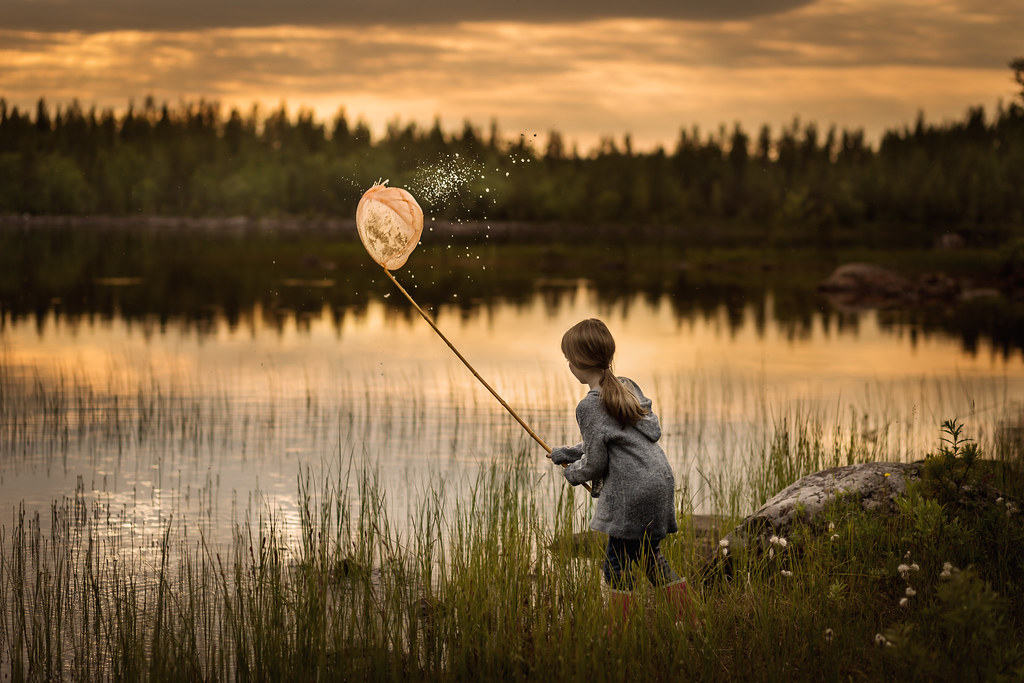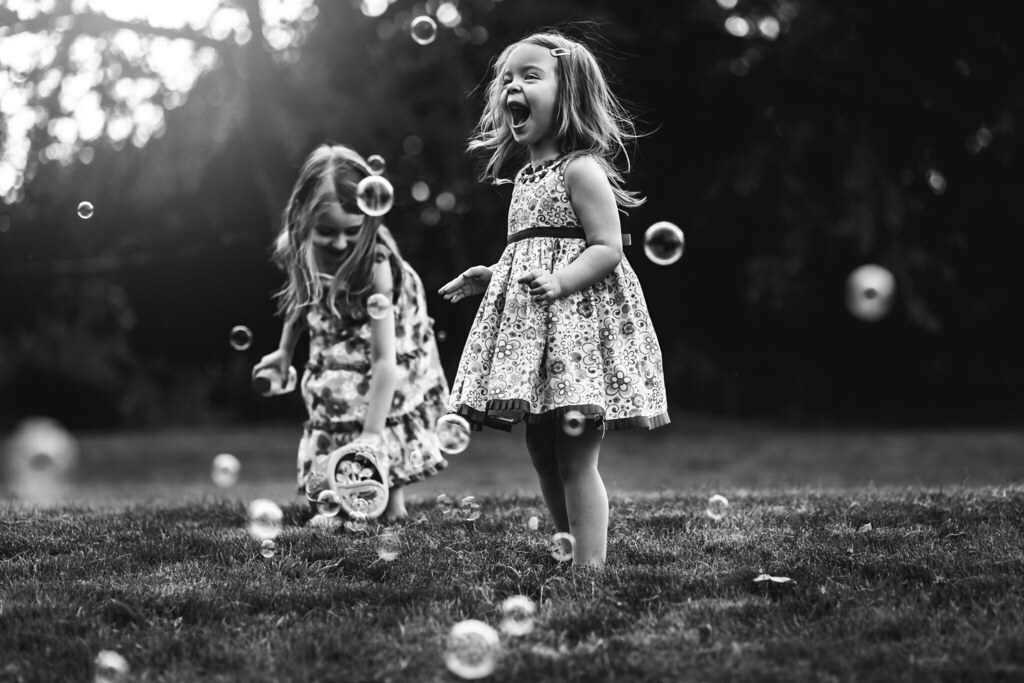Photography has always fascinated Linn Marlen. As a child she would spend countless hours rummaging through family photo albums, completely enthralled and fascinated by those moments frozen in time. When Linn became a mother herself she started to take pictures of her children but was never very happy with the results. Pregnant with her third child, Linn vowed she would learn to take better pictures of her children while they were still little. As we can see today, she kept her word.
We talked to Linn to find out more about the lessons she learned over the past years, to ask her for tips, and to learn about her equipment. Here are some of her responses.
Let your children be part of the creative process
- Children love to be included and this makes them feel more comfortable around the camera. Aim to make it a fun and stress free experience. Don’t expect too much.
- Children have a short attention span and will become bored and frustrated if you try to make them stay still for too long.
- Establish trust by letting them ask questions and explaining what you are doing. Having a camera pointed at your face can be intimidating, so take your time and let the children get used to it.
Don’t ask them to smile
- By simply being present in the moment, asking questions, making silly jokes and interacting you will be rewarded with authentic smiles and expressions.
Get them moving
- Pick a location with plenty of space to move around such as a park, a lake area, a field etc.
- Join in and explore with them. Point out something in that beautiful pocket of light and seize the opportunity to grab a few shots.
- Then step back and let children just be. When children forget about the camera this is often when the magic happens and you can capture children in natural, candid moments.
How to get that ONE shot!
- Continuous shooting: Set your camera to continuous shooting and take a quick succession of images – you are more likely to get a few keepers that way.
- Making use of smart camera features: When I’m looking for tack sharp images I always set my camera to AI servo [AI servo is an auto focus or continuous focus mode found on Canon cameras, it is used to track a subject as it moves around the frame], use single point focus and toggle my focus point over my subject and let the camera track my subject with back button focusing. Once I tried this technique my rate of keepers improved drastically.
- Shutter Speed: I usually don’t let my shutter speed go below 1/300 of a second when I am photographing children. With fast moving children it’s more often than not in the 1/800-1/1000 range.
- Avoid blurriness: Rather shoot with a higher ISO and introduce some grain than have an image with motion blur.
Be creative
- Free-lensing: Another technique that I play around with is free-lensing, which means that I detach the lens from the camera and hover it over the sensor by hand. By tilting it in different directions I am able to shift the plane of focus and create some really interesting results. When I’m photographing moving subjects with my manual lenses and I know that I want them in focus, I’ll often do my best to predict where my subjects are moving and pre-focus on a spot while I wait for my subjects cross my plane of focus.
- Shooting through different materials: I also experiment with shooting through different materials such as a clear piece of glass, plastic, tulle etc. Different materials create different effects and I find they often add an added element of visual interest.
error
Play around with different equipment
- For a creamy bokeh I like to shoot with my prime lenses. But sometimes it feels fulfilling to slow down and shoot with lenses that are purely manual focus.
- I occasionally shoot images that are intentionally out of focus or strap on a neutral density filter on my lens to play around with slower shutter speeds.
Practice & seek feedback
- In 2014 I began a 365 day project with a lovely group of women here on Flickr. With that daily commitment I noticed my photography improved tremendously and it quickly grew into a passion.
error
Guide the viewer’s attention to your subject and add some finishing touches by processing your photo
- Crop your image: I upload my images into Adobe Bridge for culling and when that is done I back up my files to an external HD.
- Things to play around with in your editing software: I do most of my processing in Camera Raw, which is an incredibly powerful program once you really get to know it. I synchronize general changes such as white balance, exposure, sharpening, HSL panel changes etc. before I go in individually with brush adjustments.
- Try dodging/ burning your image with the +exp brush to a varying degree to guide your viewer’s attention to your subject.
- I will pull some of my color images into Photoshop and play around with them some more using color fill layers, gradients, curves adjustments as well as the occasional texture or overlay.
- I take an individual approach to every image, but to speed up workflow I often do the following: color corrections, retouching, dodge&burn, resizing, saving for web and other elements like film grain and light enhancers.
Linn Marlen is a 28 year old woman residing in Connecticut. Originally from Norway, she uprooted her life and moved to the East Coast when she met her husband 6 years ago. Linn is a mother to three beautiful little rugrats aged five, two and one, who have become her muses. She is completely self-taught and works mostly with natural light. Linn shoots with a Canon 6D camera and a selection of different lenses (Canon 50mm 1.8, Canon 85mm 1.8, a set of Lensbaby lenses and a vintage Helios 44-2).
Visit Linn’s Photostream to see more of her photos.




